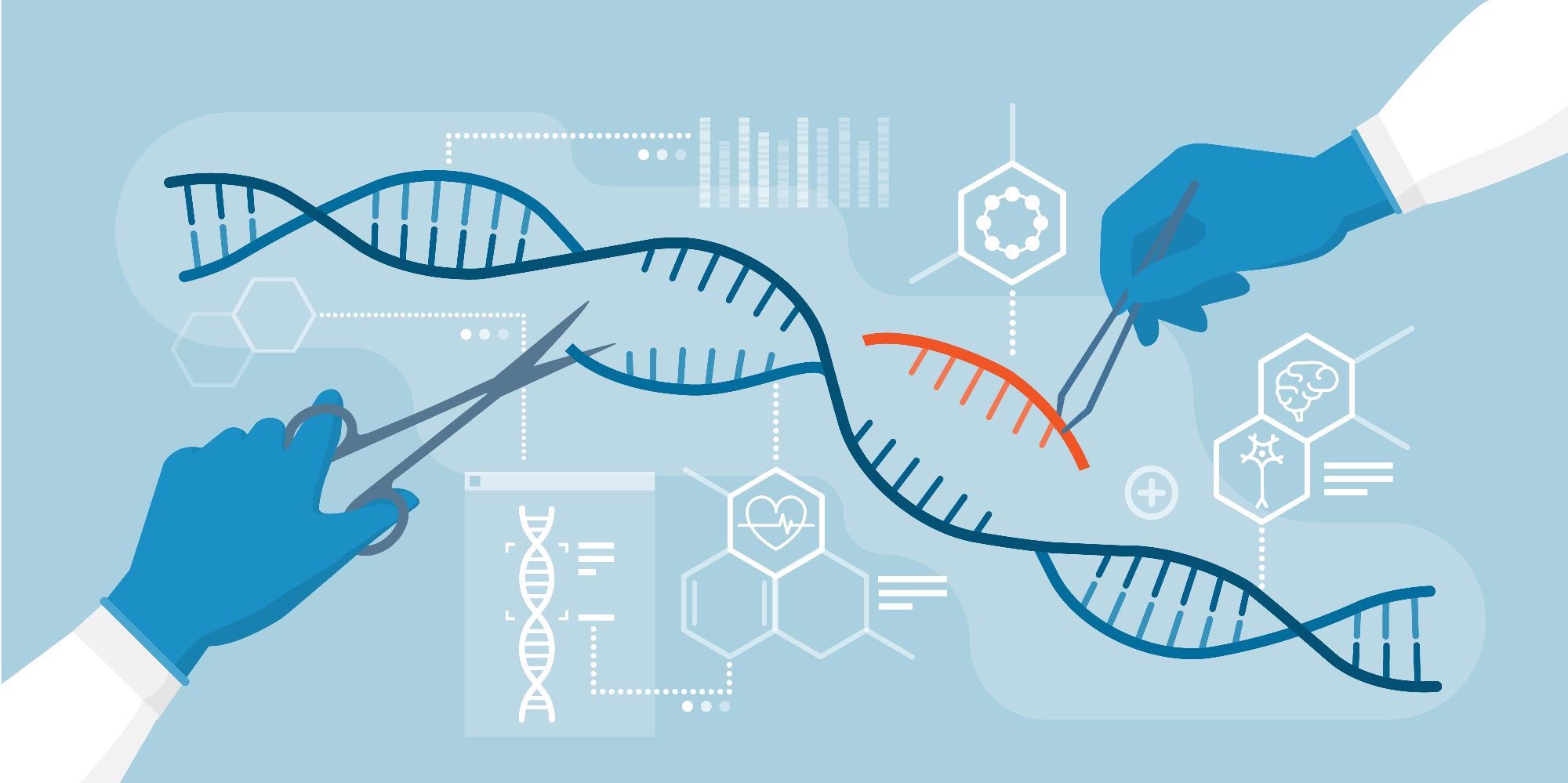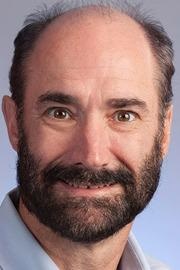In partnership with SLAS 2022, we spoke to Professor Michael Snyder about his latest research that investigates wearables and their future within healthcare.
Please can you introduce yourself and tell us what inspired your career in genomics?
My name is Michael Snyder and I am the chair of Genetics and the Director of the Stanford Center for Genomics and Personalized Medicine. When I started my career people used to study genes one (or a few) at a time. We thought this was inefficient and incomplete, therefore we devised a way to study all genes and proteins at once using yeast as a model system. It launched the field of systems biology and functional genomics. We invented many technologies and later moved them into the analysis of human genomes and other omes.
The life sciences have seen a tremendous amount of new technology emerging to help accelerate discoveries. How has technology transformed the life sciences over the last 20 years and what role does technology play within the omics?
The life sciences have been totally transformed by technology. You can now sequence the genome of any organism or any person relatively inexpensively. You can now readily knockout or mutate any gene using CRISPR. We can study the absolute expression of every gene as well as their abundant isoforms, the relative levels of most proteins, and a large number of metabolites.
Wearables enable real-time monitoring of many physiological parameters. Single-cell methods enable detailed expression and spatial analysis of many cell types. None of these existed 20 years ago. All omics have been driven by new technologies and many more exciting ones are coming.

Image Credit: elenabsl/Shutterstock.com
On your laboratory website, you state that we are ‘presently in an omics revolution’. What is meant by this and how can we utilize this revolution to accelerate new discoveries within the life sciences?
Omics through its analysis of many components (genes, transcripts, proteins, metabolites, microbes) enables discovery-based science. It has transformed biology from hypothesis-based research to include discovery science, which, in my opinion, has been more transformative.
Technology has the power to transform both precision medicine and precision health. How can technology do this and what is the difference between precision medicine and precision health?
Technology, omics in particular, has enabled a much deeper view of biological systems in both health and disease. Precision medicine focuses on the analysis and treatment of diseases such as cancer. Precision health focuses on the analysis of health and wellness, with the goal of keeping people healthy.
Your current research focuses on wearables and their role in monitoring health. Despite wearables existing for a long time, their potential benefits for human health have yet to be fully explored. Can you describe the work you are carrying out within wearables and how these devices may be able to monitor more aspects of human health than originally thought?
When we entered the field, consumer-grade wearables were primarily fitness trackers for following activities (e.g. steps) and to some extent heart rate. They were generally used for a short period (e.g three months) and once people understood their parameters they did not bother wearing them anymore. We realized that these are powerful real-time physiological health monitors and found that they can be used to detect infectious disease, prior to symptoms onset.
In fact, I first detected my Lyme disease this way, and we showed that we can detect respiratory virus illnesses with a smartwatch. We have now built a real-time detection for stresses such as respiratory viral infections and COVID-19. Using machine learning we went on to demonstrate many other clinically relevant measurements with a simple smartwatch so they will be powerful for measuring all kinds of health parameters.

Image Credit: sutadimages/Shutterstock.com
How could your wearables research transform the everyday life of people suffering from illnesses and diseases?
Our goal is to put one of these on every person on the planet for real-time health monitoring. Presently 3.8 billion people have a smartphone. If we pair that with a smartwatch we have real-time health monitoring for 3.8 billion people!
What benefits could the use of wearables to monitor infectious diseases have for potential future pandemics?
We think it will be central to early disease detection at the individual and population level and following disease spread.
The ongoing COVID-19 pandemic has had a huge impact on science with many laboratories around the world having to close and research coming to a halt. What impact has COVID-19 had on your research and is there anything the ongoing pandemic has taught you?
The lab marched on brilliantly—experimentalists came in and bioinformatics folks worked at home. We scaled up our wearables research big time when the pandemic hit.
What does the future of wearables within healthcare monitoring look like to you? Do you believe that one-day wearables will be frequently used to determine overall health as well as predict oncoming illness?
In my world, everyone will wear one and they will be used to detect infectious disease and all kinds of health conditions (e.g. anemia, insulin resistance) in advance of symptoms.
How could wearables be made accessible and available to everyone if they become widely adopted in the future?
They could become a standard part of health plans, much like sensors and dashboards are standard parts of cars
Where can readers find more information?
https://med.stanford.edu/content/sm/snyderlab.html.html
A recent profile: https://stanfordmag.org/contents/body-count
Realtime infectious disease study enrollment: Innovations.stanford.edu/wearables
About Professor Michael Snyder
Dr. Snyder pioneered the field of systems biology with the first large-scale analysis of genes, transcripts, and proteins, and he launched the field of precision health by using “big data” to analyze and advance human health. He has invented many technologies that are widely used in medicine and research, including methods for characterizing genomes and their products (e.g. RNA-Seq, genome analysis technologies such as paired-end sequencing, ChIP-Chip/Seq, and protein arrays). His application to use big data omics and wearables technologies to profile people when they are healthy and ill is transforming medicine and healthcare.
Indeed, his recent work on smartwatches and wearables to detect illnesses including infectious diseases such as COVID-19 prior to symptom onset is being used by thousands of people and has the potential to reach much of the entire planet, including areas that have little access to standard healthcare. Thus, Dr. Snyder’s research has greatly impacted advanced genomic, molecular, and consumer medicine throughout the world.